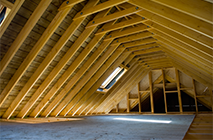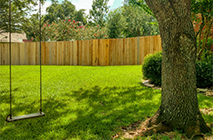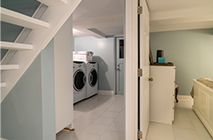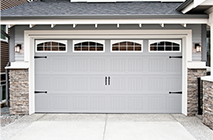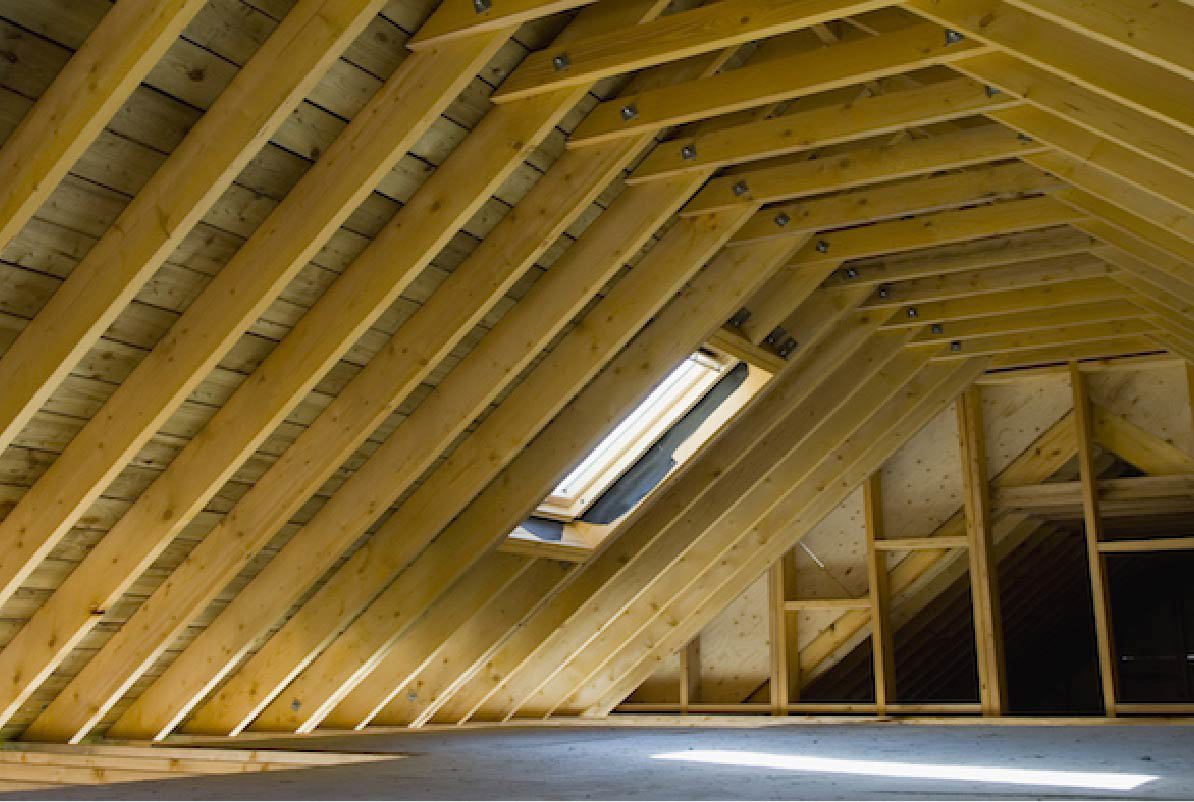
Common Attic Bugs, Insects, & Pests
Strange sounds coming from your attic? It could be pests scratching and scurrying about! Although the attic may be merely a storage space to you, it can often be a welcoming home for animal intruders like rodents, bats and raccoons, arachnids and insects alike.
Attic Bugs & Pests Identification

House Mice in the Attic
Preferring to live in dark, secluded areas, house mice often invade attics. Exposed, insulation, packing supplies and other storage items provide perfect nest building materials for these rodents. Plus, getting up to the attic is no problem for house mice because they are excellent climbers and can easily scale branches that are touching buildings.
Roof Rats in the Attic
As their name would suggest, roof rats prefer to live in the upper parts of buildings, such as attics. Known for their extraordinary climbing ability, roof rats can easily use nearby trees to reach the upper levels of buildings. They are able to squeeze through access points as small as a quarter and can gain entry to a home by following pipes or gnawing through materials such as wood, aluminum siding and drywall.
Bats in the Attic
The most common bat species found inside, big brown bats can quickly roost in an attic and use it as their own personal cave. Able to squeeze through openings as small as half an inch, these flying creatures will take advantage of architectural gaps near the edges of rooflines, crawling further into structures once they’ve entered. Big brown bats prefer to stay in the same place year-round and can create big problems for homeowners if infestations are left unchecked. Brown bats are protected by law in most states, so anyone suspecting an infestation should contact animal control or wildlife services for assistance.
Raccoons in the Attic
One of the craftiest creatures in the wild, raccoons utilize their strength and expert climbing abilities to get into homes and attics. These animals can sneak through poorly screened vents or eave gaps, but they have also been known to rip right through roofing materials in order to gain entry. Typically foraging for garbage, raccoons will feel right at home living in the attic and may even use your nearby trash cans as their primary food source.
Cluster Flies in the Attic
Cluster flies get their common name from their habit of forming compact clusters typically in wall voids and attics. They are widely distributed in the United States except for the states bordering the Gulf of Mexico. These attic insects can be a nuisance for homeowners in the autumn, winter or spring – autumn when they enter homes to hibernate and again in the spring when they attempt to leave the structure.
Squirrels in the Attic
Despite their name, some types of tree squirrels will find their way into the attic. For example, gray squirrels nest in tree cavities during the summer, but they invade structures when the temperature drops. The attic and its insulation provide the perfect refuge for tree squirrels to overwinter. Unfortunately, it also makes reaching these furry invaders more challenging, which could result in costly repairs.
MORE FROM THE NATIONAL PEST MANAGEMENT ASSOCIATION
Why Pests and Bugs are Attracted to the Attic
Typically used as a storage room rather than as a family gathering place, the lack of activity in this part of the house makes attics the perfect shelter for pests and rodents. The attic provides a safe and relatively secure home for outside invaders. Small intruders like house mice and roof rats can use packing materials such as cardboard boxes and paper stuffing to build nests. Additionally, the general clutter of attics provides pests with countless, undisturbed hiding places that are also out of human sight. Cluster flies move indoors, often into attics, when the days shorten and the weather cools. They use the attic as an overwintering site.
Pest & Insect Prevention Tips for the Attic
To ensure that the attic is home to only old family keepsakes, homeowners should follow these easy-to-do pest-proofing tips. First, start outside by trimming any overhanging tree branches and overgrown bushes and vines near the home that could allow rodents to access the roof. If present, secure the chimney with a cap, and use high quality, rust-proof wire mesh to cover any vents or roof openings. Avoid leaving pet food or trash outside the house for long periods of time, making sure to use sturdy, sealable trash cans if you do. Inside, organize the attic to eliminate any clutter and opt for plastic bins rather than cardboard boxes when storing items. Additionally, inspect both the interior and exterior of the attic, checking for any possible gaps or openings. Seal all cracks and holes with a silicone-based caulk, steel wool or a combination of both.

Threats Posed by Attic Bugs & Pests
Some attic intruders like rodents and bats can quickly reproduce, leading to major infestations if not addressed promptly and properly. More so, rodents, raccoons and bats can seriously threaten the wellbeing of people and property, alike. House mice can bring fleas, ticks and mites into a home, while micro droplets of their urine can cause allergic reactions in children. Additionally, they can cause damage by using fabrics and wall insulation as building materials. Roof rats have a long history of spreading disease and pose a number of other health hazards by carrying fleas and transmitting diseases such as typhus, salmonellosis, and jaundice. If threatened, they may also bite or chase in self-defense, potentially spreading rat bite fever.

Rodents can also do a number on the home by simply chewing. They gnaw on drywall and critical electrical wiring, which, in turn, can cause house fires. Bats can introduce bat mites and bat bugs into a house, which will also bite humans. Additionally, a small percentage of bats carry rabies which can be transmitted when infected saliva or even body tissue comes into contact with a human. Raccoons are also known to carry rabies and can cause property damage when attempting to get inside or when rummaging through trash cans.
Cluster flies do not pose a health threat, but no attempt should be made to kill them in wall voids at any time. The bodies of dead cluster flies can attract other pests such as dermestid beetles (carpet beetles, larder beetles, etc.) who can damage woolen fabric.
How to Get Rid of Pests & Insects in the Attic
Live animals should never be handled on your own. For this reason, it’s important to call a licensed pest control professional to get rid of bugs and pests in the attic. If you see or hear signs of pests or rodents in the attic, reach out to a qualified pest control company to assess the situation and develop a removal plan.
Visible structural damage and the sounds of walking, scratching, scurrying or thumping are all clues that you may have some hidden house guests.









